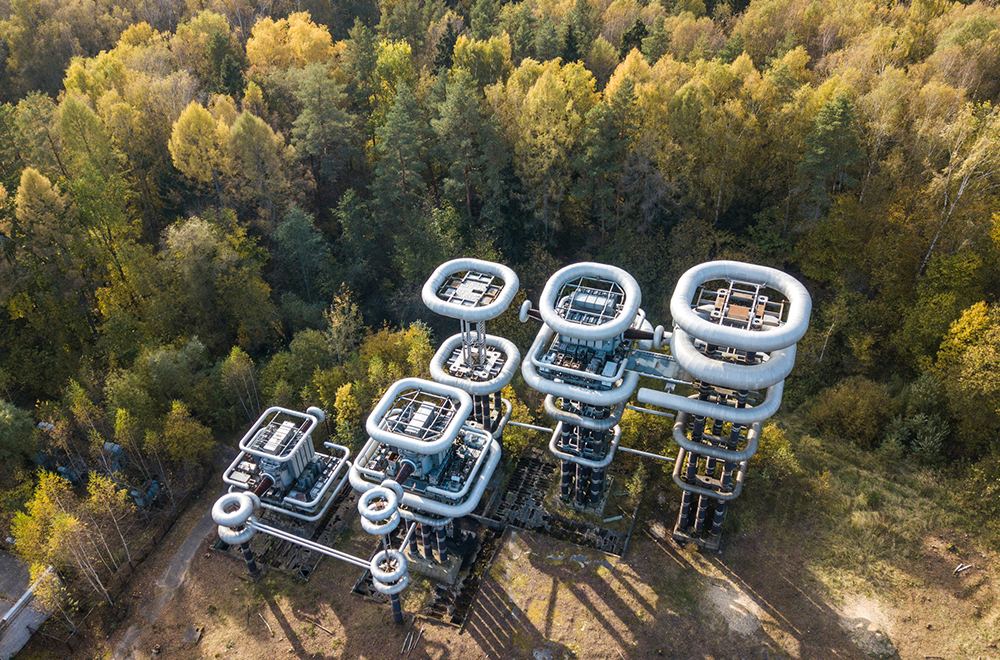With increasing global demand for batteries to power the clean energy transition, the opportunities and risks are multiplying. New technology, new markets and new deals, including those associated with mineral extraction, human rights and the supply chain, regulatory changes and the race to find funding are giving rise to a number of issues for businesses to grapple with.
In this extract from a recent seminar, our international team considers the implications for the automotive sector, which is predicted to make up to 90% of future demand for batteries, as well as renewable energy generation, energy storage and beyond.
The growing demand for batteries poses significant risk
Demand for batteries is rapidly increasing – the UK has banned sales of non-hybrid internal combustion engine cars from 2030 and the EU has approved legislation that will ensure that all new cars sold from 2035 will run either on batteries or e-fuels. "We are at the beginning of a revolution and the demand for battery metals is expected to increase significantly in the coming years to power the electrification of tens of millions of electric vehicles, as well as to provide vital electricity storage capacity to help balance our power grids as they become increasingly reliant on intermittent renewable power generation," says London-based Partner James Pay. However, to meet this demand for electric vehicle (EV) batteries and energy storage batteries we will need a huge quantity of battery metals as well as a significant increase in processing capacity to produce the complex chemicals required to manufacture efficient EV batteries and the manufacturing capacity to produce the batteries themselves. The production and refining of these materials has a significant carbon footprint that needs to be addressed.
The International Energy Agency (IEA) predicts that we need a 600% increase in the production of lithium by 2030 to be on course to achieve net zero by 2050, with a staggering US$360-450 billion of investment needed by 2030 in energy transition metals (including nickel and copper) to keep us on track to achieve net zero by 2050.
The IEA estimates that we will also need a 40% increase in cobalt supply by 2050 – and that supply could become critical in the 2030s because it is less easy to find and mines take longer to develop and put into production.
"Scaling up production of existing mines would be the ideal way to meet growing demand. It is quicker, usually cheaper and less risky. But, in many cases, there is only limited scope to do this and even where you can do so, metals are a finite resource and many existing mines have already been in production for some years and have declining grades of output," says Pay.
Finding new resources, obtaining consents, developing a new mine and achieving commercial production is not a fast process. The average timescale for a new mine is between 10 and 15 years. "One of the challenges is whether we can increase investment and production more quickly to meet the levels of output required to hit our net zero objectives. The very least that we can conclude is that it will be hugely challenging for the mining sector and the supply chain into the mining sector, and for regulators and governments to meet this challenge," adds Pay.
Battery metals are a huge opportunity for the mining sector, but they also highlight a growing number of issues: a lack of skills; the lack of critical equipment suppliers – particularly in the refining sector, where China's dominance has limited the number of suppliers of certain items of key equipment such as autoclaves; the rise of resource nationalism with producing countries wanting their fair share; and where is the money coming from? In practice, it has become critical for car manufacturers to undertake significant investment in (or at least commit to long-term offtake agreements with) mines and the refining sector in order to secure long-term affordable supplies for the massive investments that are underway in battery gigafactories in China, Europe and the US.
 Clifford Chance
Clifford Chance




